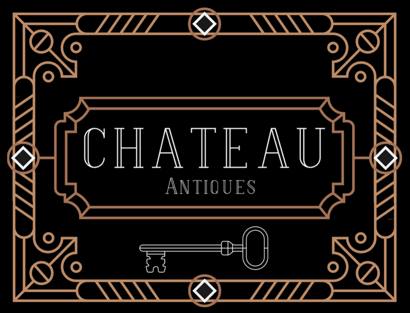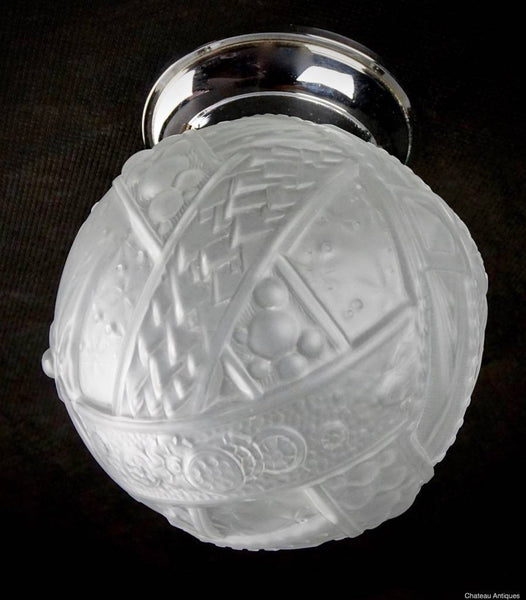-------Degué - David Gueron and his Artful Glass
Degué - David Gueron and his Artful Glass
Born to parents of Sephardic origins in Turkey, David Gueron (1892 – 1950) led a tumultuous life marked with outstanding successes as well as personal and business setbacks. As chance would have it, he joined the French Foreign Legion as the First World War was starting and ended up fighting at the Western Front, only to be wounded and given a pension after his recovery.
He first started producing glass in 1925 when he opened up “Cristalleries De Compiegne”, a glassworks factory in Compiègne, a city not too far from Paris. There he concentrated on the production of functional household glass such as tableware and vases, but did not achieve much success. It was only when he started making Degué, artful glass of his own design, that he first received an enthusiastic response from the public.
Gueron decided to concentrate his efforts exclusively on the production of high-quality luxury glassware and opened up another factory, the “Verrerie D'Art Degué” in Paris, as well as a showroom dedicated to promoting his pieces in 1926. His unique designs became very popular, not that many of his admirers could actually afford to have a piece of Degué in their own home since he catered to the rich and powerful. Still, his creations were standard entries in numerous art exhibitions and catalogs all throughout the late 20s, gaining prominence throughout Europe and the United states.
“Verrerie D'Art Degué” produced a wide array of art glass, and French Art Deco chandeliers and sconces were its most successful products. Not falling behind the times, its Art Deco glassware exhibits most of the period’s recognisable features, most prominently the bright and vibrant colour palette featured in many of Gueron’s signature vases and bowls. A refined process allowed him to achieve especially unique green, yellow, orange and red tones. This happier, more extravagant style went on until the start of the 30s and the onset of what we now know as the Great Depression.
His clientele wasn’t as affected by the financial instabilities, but Gueron’s creations took on a somber, more restricted tone nevertheless. Further aiding such development was Edouard Cazaux, a ceramicist Gueron hired in 1928, who had a propensity for pronounced geometrical shapes, which he achieved by utilising thicker and often times frosted glass. This was also the time when Degué lamps and chandeliers were internally decorated using sandblasting, which created interesting monochromatic designs.
Sadly, his own accomplishments didn’t dissuade Gueron from stealing from other artists, most notably from Müller Frères and Charles Schneider, with whom he had a fierce litigation battle that proved too costly for both companies to endure and was eventually one of the reasons both had to shut down even though Schneider won in the end. The start of World War II marked the end of “Verrerie D'Art Degué” since numerous strikes and the war itself forced Gueron to close the factory in 1939. His legacy lives on in his works though, and today they are celebrated as some of the finest creations French Art Deco has to offer.




Chateau Antiques
Author